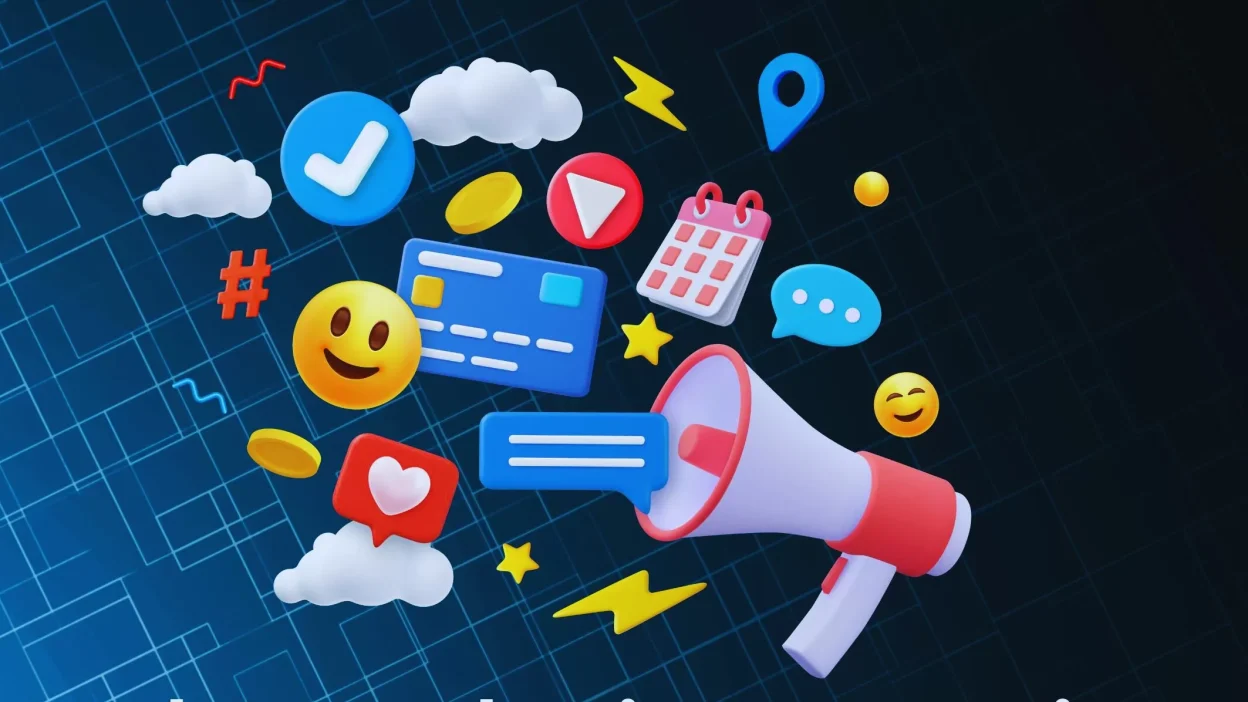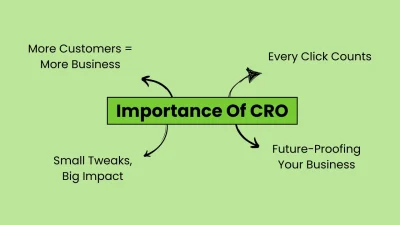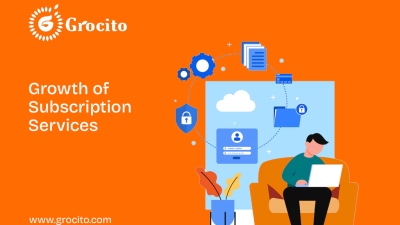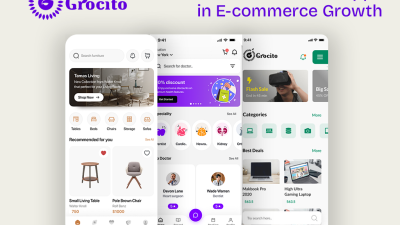In today’s digital landscape, consumers are more informed than ever. They research before they buy, compare options, and seek value beyond the product itself. That’s why Educate and Convert Visitors through your website is one of the most powerful ways to build trust, demonstrate expertise, and ultimately convert them into customers.
This blog explores how to strategically use your website as an educational tool that drives conversions — from content formats and UX design to lead nurturing and analytics.
1. Why Education Drives Conversion
Educated visitors are empowered visitors. When your website helps users understand their problems, explore solutions, and see your brand as a trusted guide, they’re more likely to take action.
Benefits of Educational Content:
- Builds trust and authority
- Reduces purchase hesitation
- Improves SEO and organic traffic
- Supports longer customer journeys
- Increases conversion rates
2. Understanding Your Audience’s Knowledge Gaps
Before you educate, you need to know what your audience doesn’t know.
How to Identify Gaps:
- Surveys and polls
- Customer support queries
- Search intent analysis
- Social media listening
- Google Analytics behavior flow
Once you understand their pain points and questions, you can create content that bridges the gap.
3. Educational Content Formats That Convert
Different users prefer different formats. Offering a mix ensures broader engagement.
Popular Formats:
- Blog Posts: Great for SEO and thought leadership
- How-to Guides: Step-by-step solutions
- Videos & Tutorials: Visual learning for complex topics
- Infographics: Quick, digestible insights
- Webinars: Live interaction and deeper education
- Case Studies: Real-world proof of your expertise
- FAQs: Address common objections and concerns
Each format should include a clear CTA to guide users toward the next step.

4. Structuring Your Website for Educational Flow
Your site’s structure should guide users from awareness to action.
Key Pages to Optimize:
- Homepage: Highlight educational resources and value propositions
- Blog/Resources Hub: Categorize content by topic or user intent
- Product/Service Pages: Include explainer videos, use cases, and FAQs
- Landing Pages: Offer gated content like ebooks or templates
- About Page: Share your mission and expertise
Use internal linking to create a logical learning path across your site.
5. UX Design Principles for Educational Engagement
Design plays a crucial role in how users consume and act on educational content.
Best Practices:
- Readable Typography: Use legible fonts and proper spacing
- Visual Hierarchy: Guide attention with headings, icons, and color
- Interactive Elements: Quizzes, calculators, or sliders
- Progressive Disclosure: Reveal info as users engage
- Sticky CTAs: Keep conversion options visible
A clean, intuitive design keeps users focused on learning — and converting.
6. SEO: Making Educational Content Discoverable
If your content isn’t discoverable, it can’t educate or convert.
SEO Tips:
- Target long-tail keywords with educational intent
- Use structured data for rich snippets
- Optimize meta titles and descriptions
- Include internal links to related content
- Ensure fast loading and mobile responsiveness
Educational content often ranks well because it matches user intent — especially in the awareness and consideration stages.
7. Personalization: Tailoring Education to User Needs
Generic content doesn’t convert. Personalized experiences do.
How to Personalize:
- Use dynamic content blocks based on user behavior
- Segment users by industry, role, or interest
- Offer custom recommendations (e.g., “You might also like…”)
- Use chatbots to guide users to relevant resources
Personalization makes users feel understood — and more likely to engage.
8. Lead Magnets: Turning Education into Conversion
Educational content should lead to action. That’s where lead magnets come in.
Examples:
- Downloadable guides
- Free trials or demos
- Email courses
- Templates and checklists
- Exclusive webinars
Place lead magnets strategically within educational content to capture leads without disrupting the learning experience.
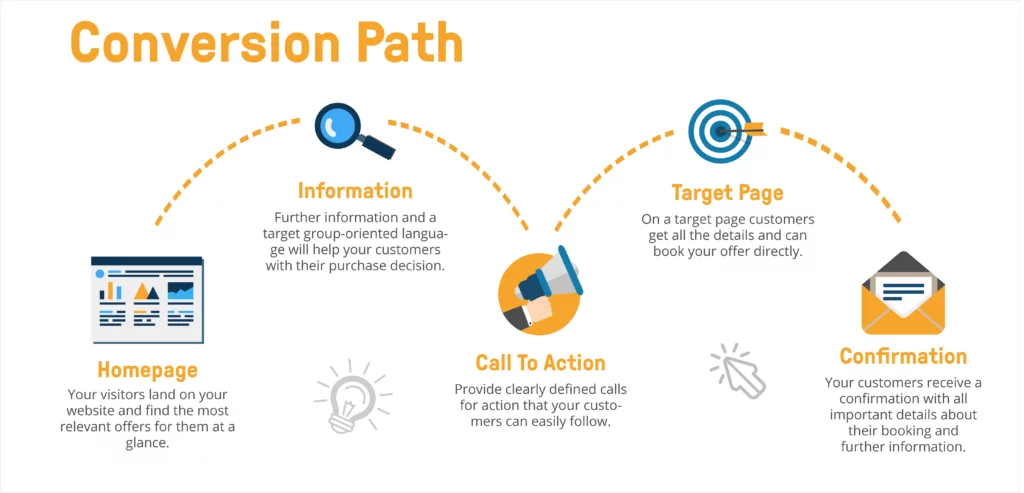
9. Email Nurturing: Continuing the Education Journey
Once you’ve captured a lead, continue educating them via email.
Email Content Ideas:
- Curated blog posts
- Case studies
- Product tutorials
- Industry insights
- Event invites
Use automated sequences to guide users from education to decision-making.
10. Measuring the Impact of Educational Content
Track performance to refine your strategy.
Key Metrics:
- Time on page
- Scroll depth
- Conversion rate
- Bounce rate
- Lead magnet downloads
- Email engagement
Use tools like Google Analytics, Hotjar, and HubSpot to gather insights and optimize.
11. Real-World Examples of Educational Websites That Convert

HubSpot
- Offers free courses, templates, and blog content
- Uses gated content to capture leads
- Seamless UX and clear CTAs
Moz
- SEO guides and tools educate users
- Content drives organic traffic and tool adoption
- Strong community and trust signals
Shopify
- Tutorials and case studies for entrepreneurs
- Content supports product usage and retention
- Personalized recommendations based on user type
12. Common Mistakes to Avoid
- Overloading with information: Keep it digestible
- No clear CTA: Always guide users to the next step
- Ignoring mobile users: Optimize for all devices
- Not updating content: Keep resources fresh and relevant
- Lack of tracking: Measure what matters
Conclusion: Educate First, Convert Naturally
Your website is more than a sales tool — it’s a platform for education, trust-building, and conversion. By understanding your audience, creating valuable content, and designing intuitive experiences, you can turn passive visitors into informed, loyal customers.
Start by auditing your current content, identifying gaps, and building a strategy that puts education at the heart of your digital experience.

